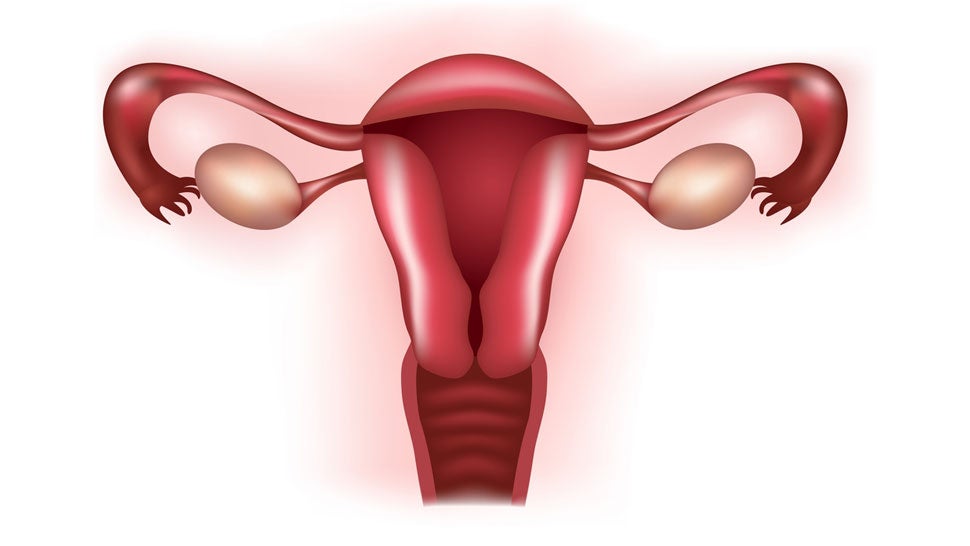 Abortion is medically defined as the expulsion of a pregnancy before viability whether spontaneous or induced.
Abortion is medically defined as the expulsion of a pregnancy before viability whether spontaneous or induced.
In Kenya, the new Constitution terms abortion as illegal. However, in circumstances where the pregnancy presents danger to the woman’s mental or physical health then she has the right to access safe and legal abortion.
According to Andrew Wamalwa, a health director with the Ministry of Health, Kenya records 465,000 unsafe abortions annually and this contributes to 20 percent of the total maternal deaths.
He further observed that community attitudes contribute to the alarmingly high numbers of unsafe abortions.
“Lack of knowledge, myths and misconceptions combined with health provider attitudes are partly to blame for this high numbers of unsafe abortions.”
“Interestingly, the women who come in for post abortion care or have procured an abortion are not just the marginalised or poor as has been the stereotype.”
“This calls for leadership right at the community level within the current legal and policy framework. Educate young girls how to manage crisis pregnancy safely, show them that there are options like adoption as opposed to harshly judging them which only pushes them to undertaking back street abortions.”
Wamalwa added that the ministry is on a campaign to increase access to effective family planning to women that are of reproductive age.
“More than 70 percent of the women that seek post abortion care were not using a method of contraception prior to them getting pregnant,” he said
He also advised on safe abortion methods that are available to the woman in a case where her life is in danger.
“A woman has various options of the abortion methods; first there is the vacuum aspiration which is a manual suction to remove the contents of the uterus. This method can only be done at three or less months of pregnancy by a trained medic. If done safely then there are no complications and 98 percent success rate.”
“The second method is referred to as medical abortion and it is performed using pills. A trained doctor administers pills which causes the uterus to shrink and expel the pregnancy. This method has a few side effects like abdominal cramps and has a 83 to 97 percent success rate,” he explained.
Vania Kibui a policy advisor at IPAS Africa Alliance disclosed that under Article 43 (1A) of the new Constitution, every person has the right to the highest attainable standard of health care services including reproductive health.
She further elaborates on Article 43 (2) which says that a person shall not be denied emergency medical treatment.
“This means that one has a right to access contraceptives after a rape incident even in a private facility which includes those operated by churches that have traditionally refused to give those services,” she explained.
Kibui however raised concern in regard to Article 26 (4) which allows for safe abortion saying,” the article demands that abortions can only be performed by trained medical practitioners meaning that women that live in poor rural communities have no such services will have to procure an abortion from a clinical officer or nurse which has serious potentially fatal repercussions for the poor women,” she added.
Source: All africa










